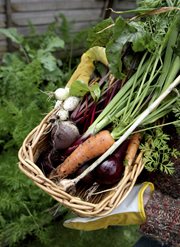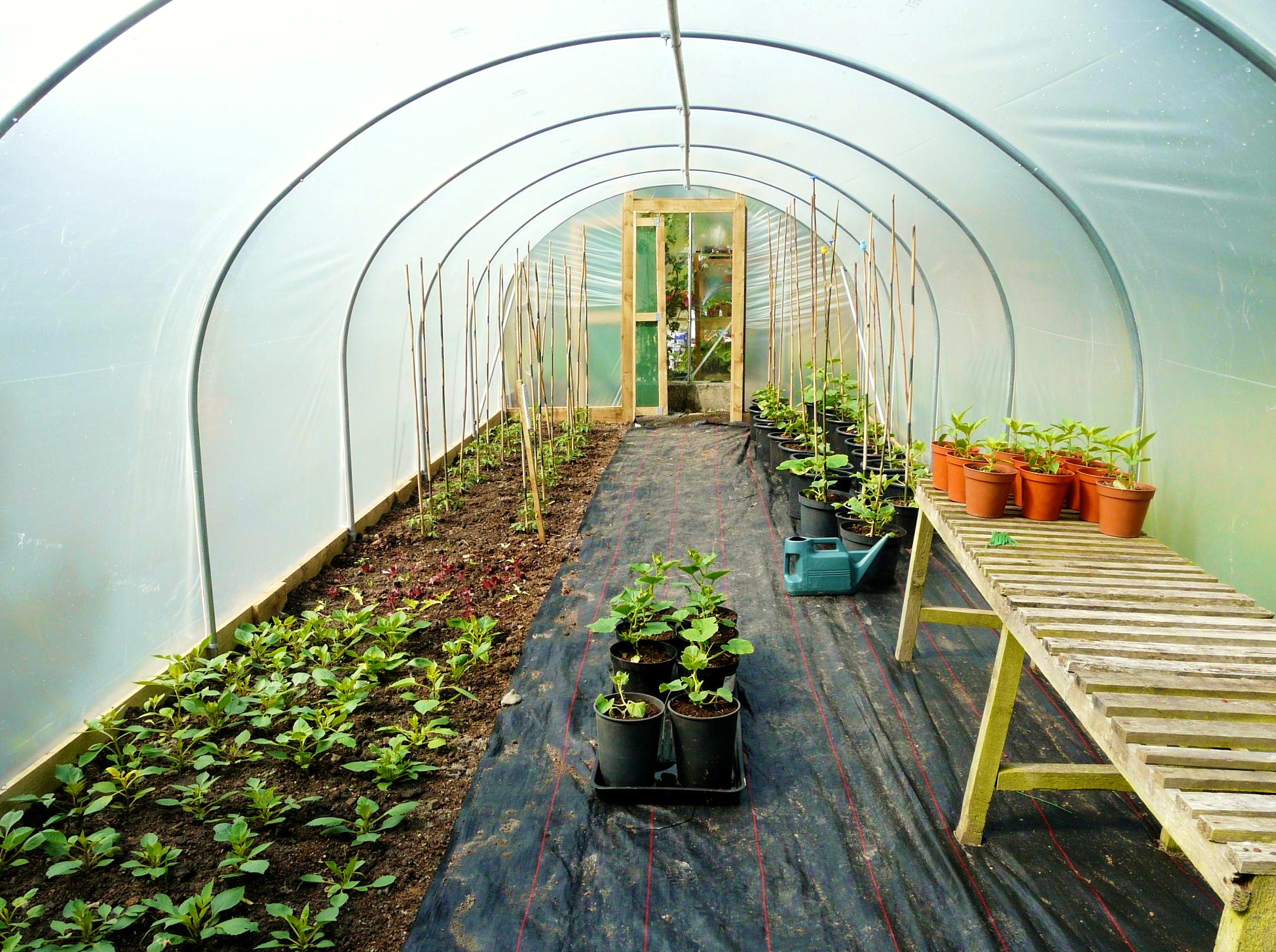Do you want to limit your impact on the environment and lead a self-sufficient lifestyle? Then growing your own vegetables is a great way to achieve these goals!
There are many ways to invest in self-sufficient living, from maintaining your own car to carrying out DIY, but by growing your own food you can enjoy time outdoors, get your family involved, and make delicious meals with ingredients straight from your garden.
 Grow Your Own Vegetables
Grow Your Own Vegetables
Did you know that growing your own veg could reduce your yearly food bill? According to research carried out by Which, green-fingered individuals could save up to £6.17 per kg. This means adopting a self-sufficient lifestyle could do more than help the environment.
Getting started can seem daunting and you may be filled with questions. How should you choose your patch? What equipment do you need? When should you start planting? Here’s what you need to know.
Plan Your Vegetable Patch
Before you can start planting, you need to select your growing patch. The area you pick will impact the success of your crops, so it’s important to choose wisely. This means selecting a place that gets a lot of sun to produce fruits and veggies that are bigger, sweeter and more resistant to disease.
For the perfect spot, choose a place that gets more than 8 hours of sunlight. This provides lots of fuel, helping plants to photosynthesise and producing crops in a shorter amount of time. For fruits that require a little shade, you can use a net to protect them from the sun.
Where possible, try to avoid areas that are shaded by trees and aim for a spot that’s sheltered from the wind, as this can damage produce and stunt their growth.
Improve Your Soil
The type of soil you have in your garden can affect how well your vegetables grow. However, there are things you can do to improve soil quality and give your plants a helping hand.
For example, if your garden has clay soil, this can be dense and cold. This means that it can be slow to increase in temperature, hampering growth. To solve this you can use pots, troughs or a raised bed. This provides a shallow depth and allows it to warm up quicker.
On the other hand, lighter, sandy soil warms up quickly, but it can lack in nutrients. A good compost can solve this issue, providing the nutrients that fruits and vegetables need. Just remember to regularly water, as light soil is more prone to drying out.
In addition to soil, you can create the ideal growing conditions by eliminating weeds. This is important because weeds compete for nutrients, which could leave your vegetables struggling.
?width=265&height=197) Plant Your Vegetables
Plant Your Vegetables
Now it’s the exciting part – you’re ready to plant your vegetables! But before you begin, consider the layout. This will help you get the most out of your patch and produce better fruits and veggies.
When planting, make sure to leave space between rows as overcrowding crops can result in competition and produce small vegetables. Or if you will be planting climbers, such as peas or beans, include canes and trellis to encourage growth.
Other fruits and vegetables, like tomatoes, must be seeded in a warmer environment. This means you may need to use propagators during the early stages, before they can be planted outside with the rest of your crops.
Finally, with a varied and often cold climate, self-sufficient living in the UK can be tough. Fortunately, you can invest in a polytunnel to provide a warmer environment and help you to grow your own all year long.
There’s no doubt that growing your own vegetables can be a rewarding experience, allowing you to provide home-grown produce for your family. Follow this advice, read this RHS planting guide, and if using a polytunnel take a look at our Fruit and Veg – Polytunnel Yearly Planner, to start your vegetable garden and join the self-sufficient living movement.